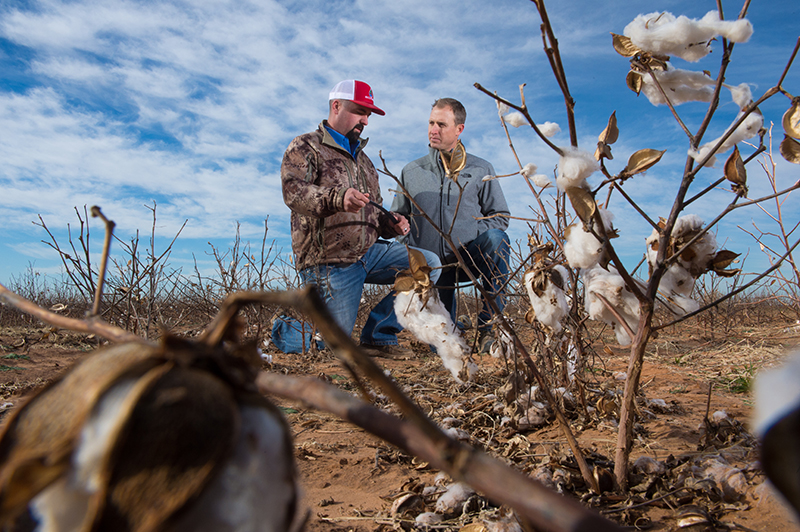The Brave (& Rapidly Changing) New World Of Agriculture
No one who regularly follows the agricultural marketplace can be anything but amazed at how rapidly things have changed. In the space of 12 or so months, market conditions have quickly gone from “great” to “not so great,” say observers. Today, there are plenty of challenges facing every company that earns a living from the crop marketplace.
A small example of this adversity was on display at the recent Mid America CropLife Association (MACA) meeting, held in early September in Chicago, IL. As a part of the three-day program, representatives from three of the nation’s largest ag distributors – Crop Production Services, Inc. (CPS), Helena Chemical Co., and United Suppliers – took part in a roundtable discussion focusing on the many challenges today’s ag retailers and grower-customers are dealing with. According to Tom Warner, president, North America Retail Agrium & CPS, this has been particularly hard for companies in agriculture to manage because of how relatively easy catering to the market has been up until now.
“I’ve been in this business for more than 45 years and I don’t think we’ve ever had things as good as we have the past four years,” said Warner. “So for many of the companies doing business in agriculture, there have been no real challenges for that long, at least.”
Brett Bruggeman, vice president, crop protection & seed for United Suppliers, agreed with this view. “Because market conditions have been so strong these past few years, the crop inputs business has been on a steady growth curve, which now falls somewhere between $45 billion and $50 billion annually,” said Bruggeman.
As commodity prices have grown from $3 per bushel for corn in the early 2000s to more than $7 as of 2011, crop inputs have also enjoyed higher prices for the supply chain. “The cost of doing business in the agriculture market today is a lot higher than it used to be,” said Randy Parman, vice president, Northern Business Unit for Helena.
As a consequence, growers has spent the past few seasons adding new technologies such as precision agricultural systems and big field equipment to their operations. “Think about the amount of money growers have spent on equipment the past three or four years,” said CPS’ Warner. “And on the technology front, farmers have been willing to try anything because of this surplus cash. But these days are probably not going to come around again anytime soon.”
This extra money has disappeared as commodity prices have dropped. In 2015, corn is barely topping $3 per bushel, with soybeans falling similarly from the mid-teens per bushel to under $9.
“These kinds of commodity prices are a real problem today,” said Warner. “In the Corn Belt, the cost of producing an acre of crops needs to be profitable. But for many growers, it is not at these prices.”
Besides the obvious challenge of selling crop inputs in this kind of agricultural environment, ag distributors are being required to be more flexible and quick in their delivery than ever before, said panelists. “Many ag retailers are trying to keep up with getting supplies to growers that are planting 1,000 acres per day,” said United Suppliers’ Bruggeman.
Helena’s Parman agreed. “Today, if your growers are a few days behind with their planting, the field recommendations we made to them as their retailer originally are probably out the door,” he said.
Of course, these kind of uneven market conditions do offer some opportunities for ag distributors as well as challenges, said United Suppliers’ Bruggeman. “Think about your average college football coach,” he concluded. “Most of them probably don’t do their best coaching job in a good year, when the wins are coming easily. The best coaching jobs probably happen when things are tougher and they have to work harder to make their teams successful. That’s where ag distributors find themselves today.”






